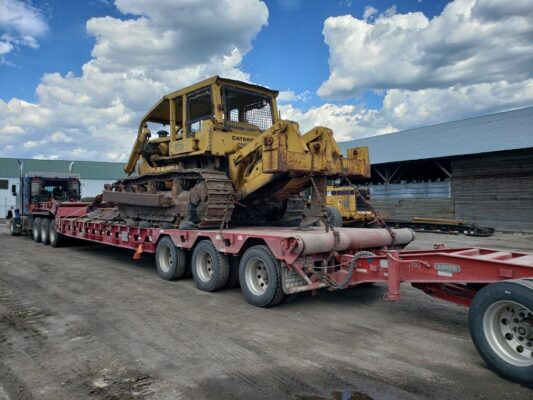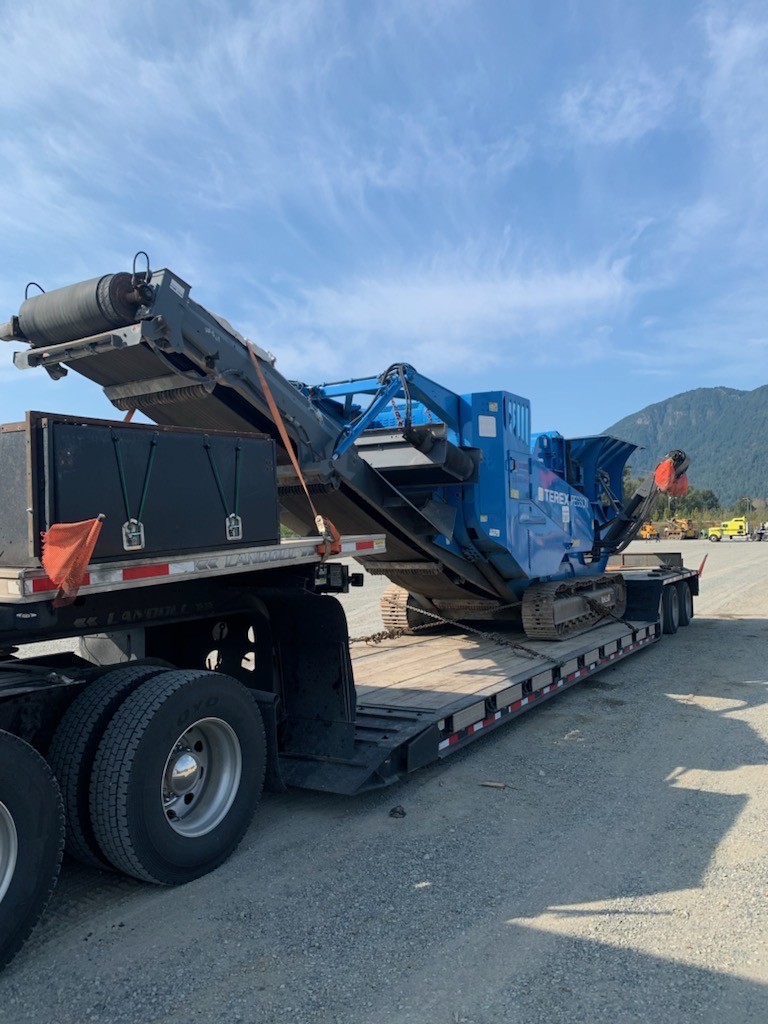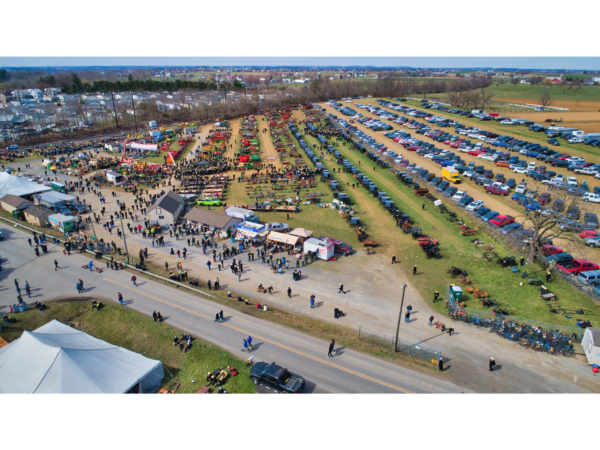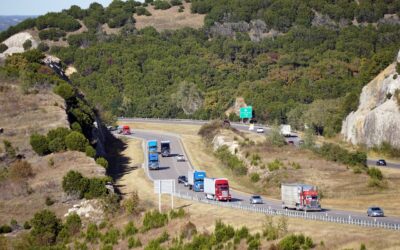What Is Considered a Heavy Haul?

There are a lot of trucks on the road on a daily basis, hauling everything from groceries to livestock to construction equipment. While many trucks appear to be carrying large, heavy shipments, many customers wonder what the threshold is for a regular haul vs. a heavy haul. The obvious answer is that a heavy haul is a shipment that is over a certain weight. However, there are other essential details that characterize a heavy haul and require technical regulations.
Drivers of heavy shipments must have specialized skills for loading and unloading, securing the equipment for transport, and driving safely in a variety of conditions. Hauling a heavy load takes skill and precision when braking, steering, and turning. At Trusted Dispatch, we specialize in heavy hauling, which means our drivers must demonstrate experience and specialized training to be considered trusted heavy haulers.
What Are the Dimensions of a Heavy Haul?
The dimensions of a heavy haul can vary slightly from region to region, but in general, once a load is over 4.15m (13′ 6″) in height and 2.6m (8′ 6″) in width, it’s considered to be oversize. If a load includes a large piece of construction equipment, farming machinery, or other heavy vehicles, then the load will likely be considered a heavy haul. Oversized shipments require special permits and are subject to certain restrictions based on a regional definition. Heavy hauls that reach certain weight categories are also subject to specific axle requirements to balance the weight distribution.
How Much Does a Heavy Haul Weigh?
A heavy haul isn’t always oversized in dimensions. However, it is always over a certain weight limit. Weight restrictions differ on a regional basis due to the amount of force the infrastructure can support. Roadways over different landscapes and structures, including bridges, overpasses, and tunnels, will have differences in materials and structural strength. The weight limits for highways are publicly available and posted on road signs where drivers can weigh their hauls before proceeding. An experienced driver will know how to map the best route for a heavy freight shipment to comply with restrictions along the way.
Most Common Heavy Duty Objects Shipped
Our drivers see a variety of heavy shipments needing transport within provinces, across Canada, and over the border to and from the United States. The most frequent shippers that use our platform include:
- Farmers
- Small and medium size construction companies
- Contractors
- Agriculture Suppliers
- Oil and gas companies
- Exploration and mining companies
- Auction houses or buyers/sellers at auctions
Each month we see various machines and pieces of equipment get picked up and delivered successfully for these customers. Some of the loads we commonly see on our platform include:
- Construction Equipment
- Bulldozers
- Dump trucks
- Excavators
- Front-loaders
- Wheel loaders
- Graders
- Earthmovers
- Cranes
- Farming equipment
- Tractors
- Combines and harvesters
- Seeders
- Attachments and implements
- Oil, Gas, and Exploration
- Excavators
- Rock trucks
- Earthmovers
- Front-loaders
- Bulldozers
If it’s a large piece of heavy equipment, our drivers can handle it. Most of our shipments include machines that can drive on and off a trailer, making it easier to load and unload.
The Logistics of Heavy Loads
Knowing that a load is going to be classified as a heavy load requires specific considerations. A driver will need to consider heavy haul truck specs when selecting the size of truck and trailer to use in the transport. The driver will also need to calculate the legal axle weight using a heavy haul axle weight calculator and following the regional weight restrictions.
An experienced heavy haul driver will know the best route to travel with a heavy load to ensure weight limits are obeyed on all roads and infrastructure. Certain ways have specific legal weight limits due to structures such as bridges. Structural engineers establish bridge formulas to determine the weight limits that a bridge type can support. While some loads can be evened out by adding additional axle groups to spread out the weight distribution of a load, in some cases, specific hauls need to be rerouted for safety reasons. Selecting a company with experience and expertise in heavy hauling will ensure your equipment is transported safely and on time so you can have peace of mind.
Trusted Drivers and Heavy Haul Trucks
If you need a piece of heavy equipment or oversized machinery hauled anywhere in North America, Trusted Dispatch has you covered. Start by getting your instant free quote today.





